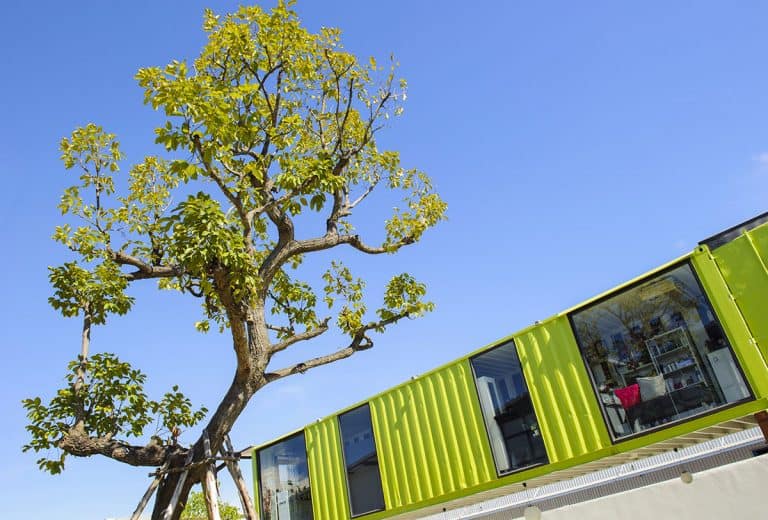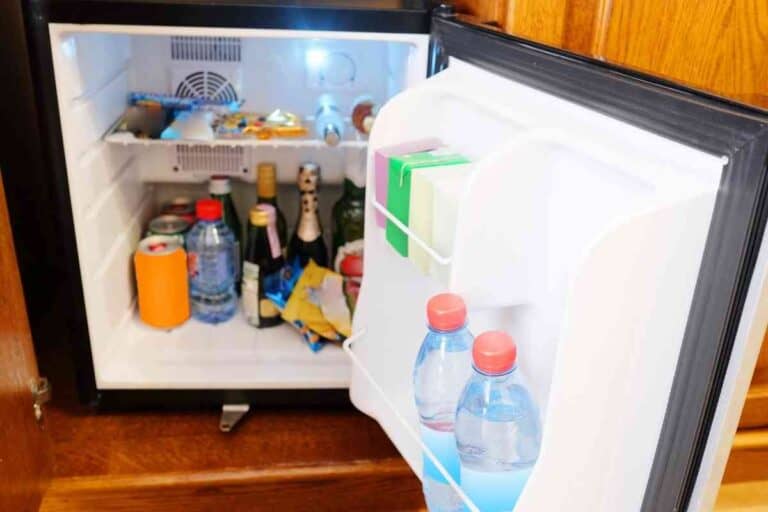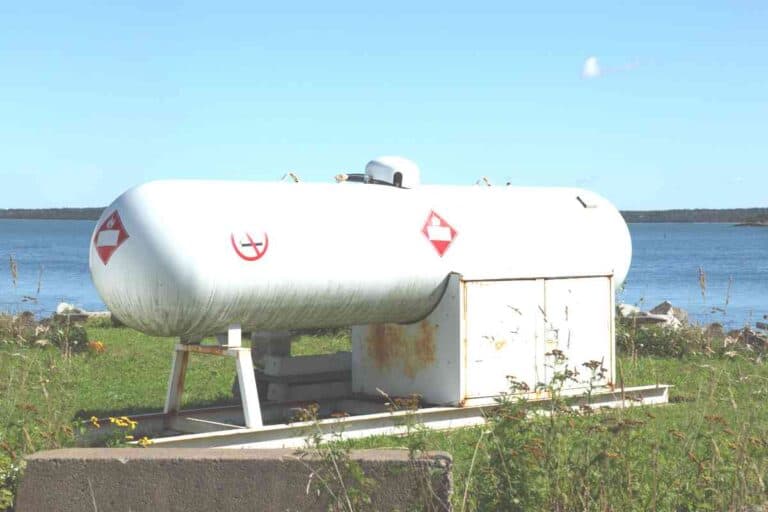Can You Live In A Yurt Year-Round? [4 Things To Consider!]
When seeing people move into yurts, you can’t help but wonder how they can manage to live comfortably. Can live in a yurt all year round without facing any problems? Well, all you need is a little adjustment and innovation.
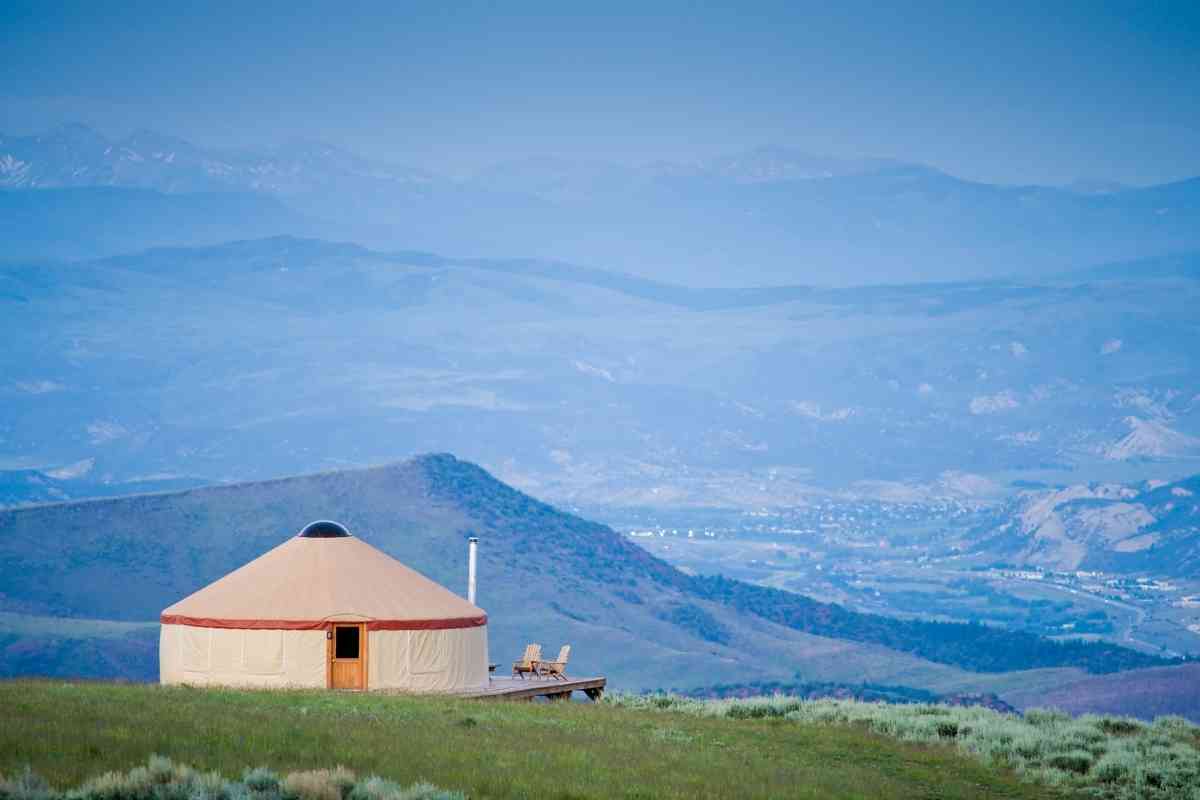
Can You Live in a Yurt Year-Round?
You can definitely live in a yurt every month of the year. In fact, Mongolians and people from Central Asia have done this for decades. If you prefer living the modern life, you can make your yurt more comfortable by adding conveniences like running water and privacy.
Contrary to what many people think, a yurt has all the amenities of a normal house. You can also forgo paying hefty rents and mortgage payments on a house. This will allow you to keep your living costs low while enjoying all the other beauties life has to offer while yurt living.
Can You Live Full-time in a Yurt?
The pandemic has left us all downsizing for financial reasons or to try to live life to the fullest. Many people want to make fundamental changes to their lives.
Even though a house cannot be a yurt, you can definitely make a yurt into a wonderful house to live in full time. Living in a yurt all seasons of the year can seem like a tough idea to wrap your head around.
You can find a full kitchen, bathroom, and electricity, as well as a front door here. Would you be surprised if we told you that you could even have a back door that leads to a cute barbecue spot? It’s true!
Of course, living in a yurt has its fair share of opportunities as well as challenges. You need to know how to maneuver extreme weather conditions, especially cold winter nights and hot summer days. However, this does not mean that it is impossible.
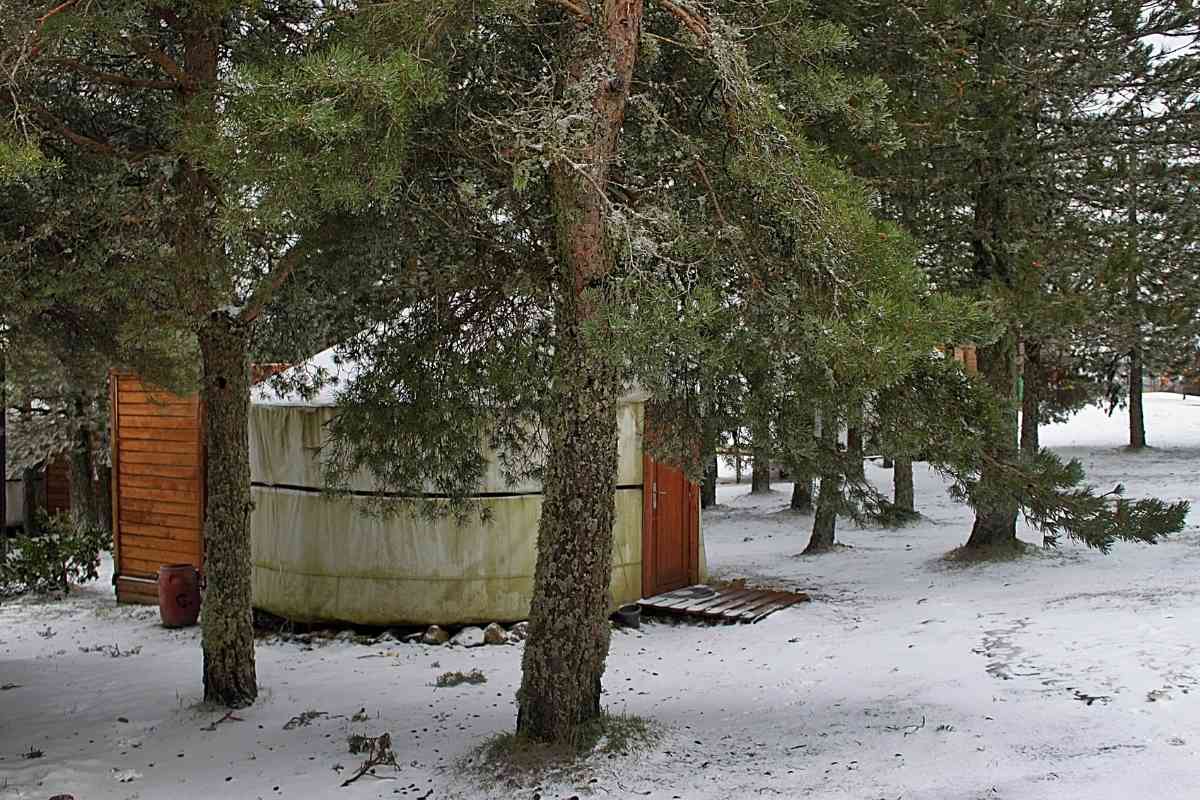
Can You Live in a Yurt All Year Round?
You can definitely live in a yurt all year round. It is a great motivation to go debt-free and live a simple life surrounded by nature. Since yurts barely cost a percentage of a conventional house, they are a great option for those who are retiring or just starting their independent life.
Living in a yurt during the summer is great as you can enjoy the sunshine and breeze immensely. Moreover, living in it during the winter is not a problem either because of the durability and warmth it provides.
Can I Live in a Yurt in the Winter?
When thinking about living in a yurt, a main concern is how to stay sufficiently warm in the winters.
Despite what you might have heard, you can absolutely continue living in a yurt while keeping yourself warm, even on extreme winter nights. Yurts have originated from Mongolian steppers, where the winter nights drop to -40 Fahrenheit, yet nomads are able to stay warm in the comfort of their yurts.
Of course, even in Mongolia, the cold weather does not last. There are many temperature changes taking place because of the continental climate, causing summers to reach more than 100 degrees Fahrenheit.
Knowing this, the original design of the yurt was made to accommodate extreme weather conditions, regardless of hot or cold.
The way to do this is simple- all you need is some insulation. The better the insulation, the more likely it is that your winters can be spent comfortably.
Are Yurts Good for Cold Weather?
Even though yurts are not often thought of as a go-to option for extremely cold climates, that does not mean that they are not durable during these weather conditions.
All you need are the correct environmental control and insulation to remain warm and cozy. It is all about investing in insulation and having the correct construction.
When living in a yurt in colder places, it is absolutely necessary for you to have a shelter that will save you from the bitter cold.
This means using thermal materials and liner systems that create a barrier around the yurt, keeping the warm air indoors when it is cold outside.
Here are some basic necessities you need to live in a yurt when the weather gets too cold:
- Heat
Usually, yurts are kept warm with the help of wood stoves. However, if you want to make things easier, you can always opt for electric heating.
Keep in mind that when living in a yurt, central heating is not very common. This is because it consumes too much space, and you might need to invest in complicated heating systems that are not practical when living in a small space.
This is why many people choose to build chimneys in their yurts to keep themselves warm during extreme weather conditions.
- Sanitation and Plumbing
Even though many people decide to shift into a yurt and let go of modern conveniences, they cannot find it in themselves to let go of running water. After all, we all need tap water, an indoor toilet, and hot showers, especially when it is freezing cold outside.
Even though these luxuries were not too common to nomadic people in the past, today’s modern yurts offer these blessings.
Since yurts today are not meant to be regularly disassembled, connecting a home to the grid or running a pipe through the municipal pipeline requires the same amount of effort.
Moreover, today, most yurts build bathrooms as permanent structures of the space. Think about it- would you want to go out to do your business when it is snowing outside?
- Electricity
In western countries, it is almost impossible for yurt owners to spend too much time without any form of electricity. When living in a yurt, you can choose to be connected to the grid by using wind turbines and solar panels. You can install outlets wherever you need.
With the help of electricity, you can use heaters around the house to increase the temperatures indoors. With the help of insulation, this heat will remain inside the yurt and will not allow the outside temperatures to enter.
- Security
It is true that when compared to most houses, yurts might not be considered to be as safe. Of course, when compared to a brick home, they are not safe at all. That being said, yurts are much safer than people believe.
Yurts are made with wooden lattice walls and a protective layer of canvas and felt. This allows them to be safe.
Even though one can break the walls or cut through the cover, it would require a lot of time and patience. Think about how difficult it would be to break through wood sidings on a portable home. Not easy, right?
Just like the doors of other normal houses, the doors of yurts are also solid. All you have to do is ensure that they are attached to the walls safely, and a solid lock has been installed.
This will allow you to sleep safely at night, knowing that the extremely cold winds will not knock down the structure of your yurt. Keeping your yurt safe and secure from strangers, as well as extreme weather conditions, will help you live here in peace for as long as you want.

